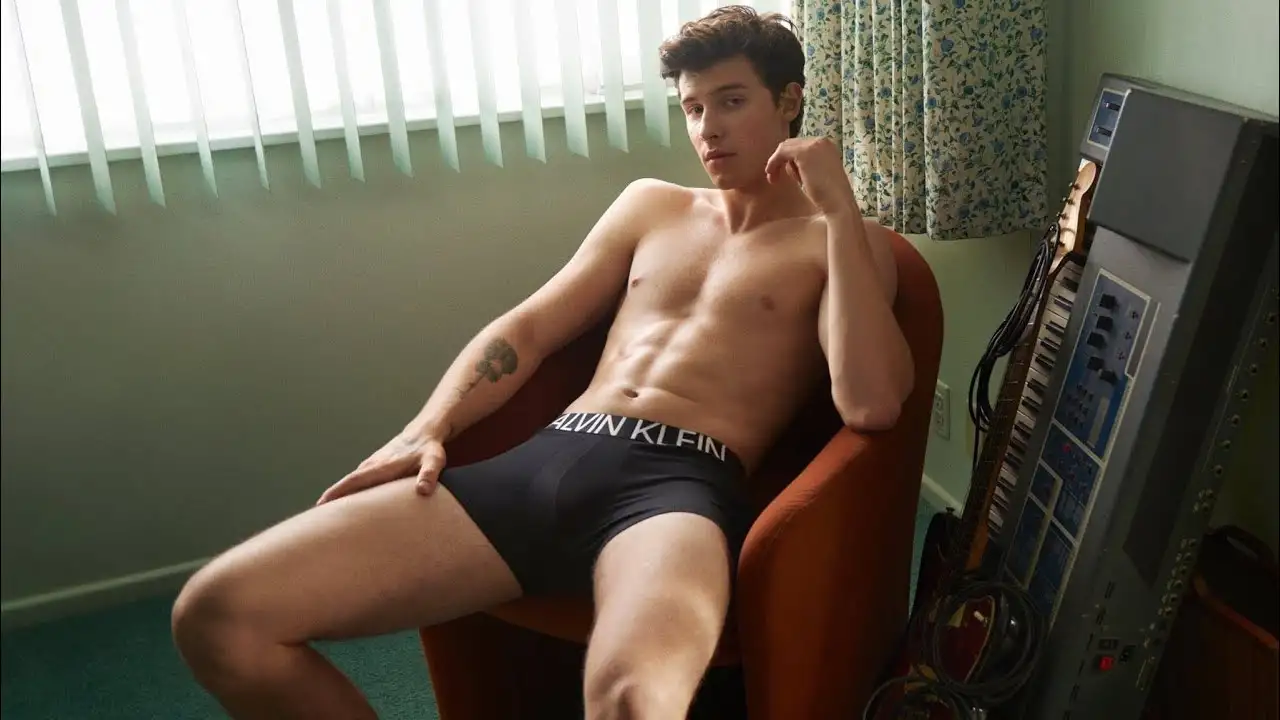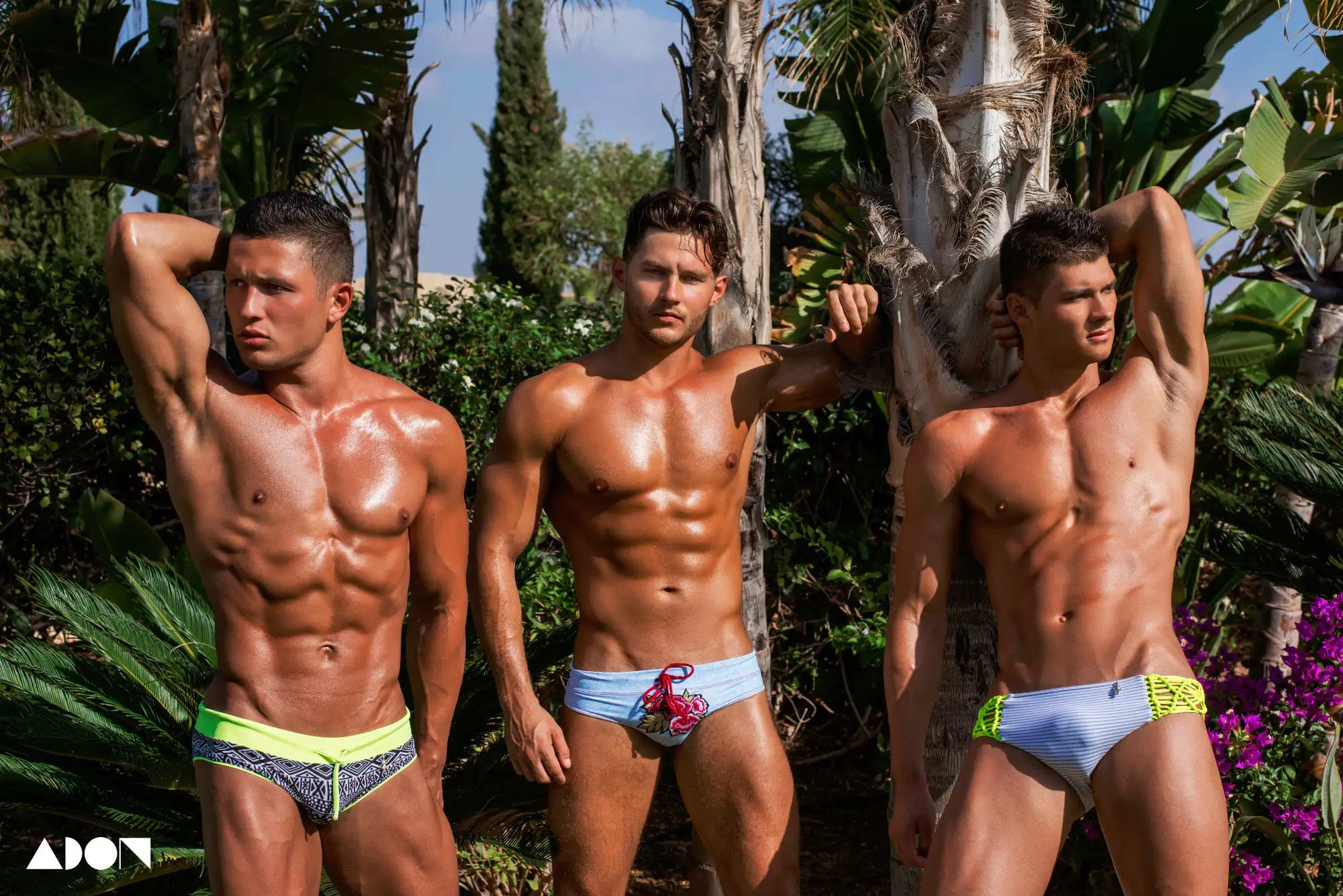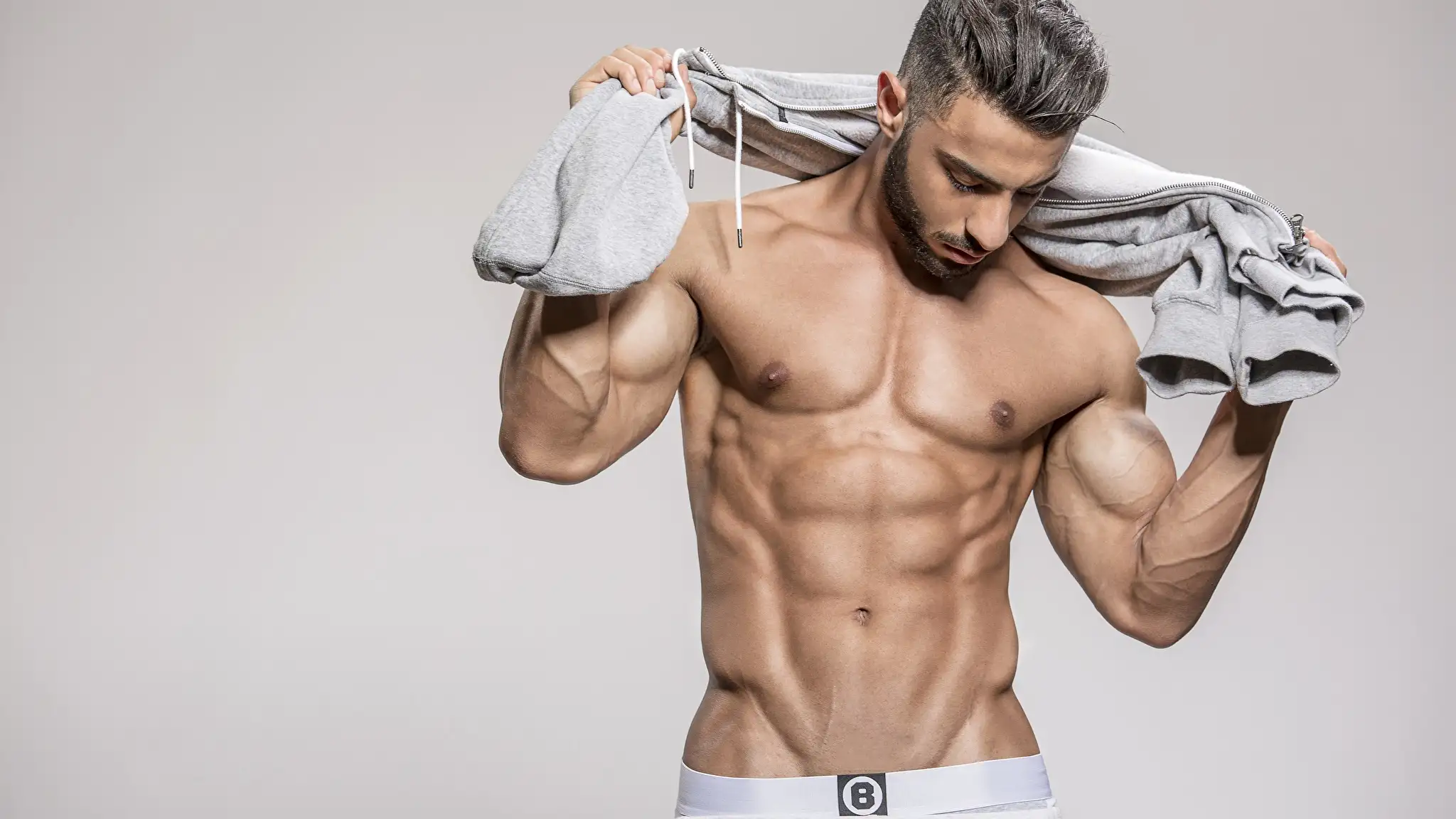In the realm of existence, we find a mysterious thread that often goes unnoticed. This elusive quality, “Looking Good,” holds a profound impact on the lives of individuals and society as a whole. As you embark on this journey to unravel the enigma of Looking Good, we delve into the fascinating world of cosmetics, fashion, and self-perception. From the countless battles with mascara to the never-ending quest for a perfect fit, experience the intricate tapestry that is the art of Looking Good. The evolution of our appearance has become a reflection of our personalities, beliefs, and desires. Uncover the complexities and paradoxes behind the ever-changing face of fashion, and explore the way Looking Good shapes our lives and the lives of those around us.
Table of Contents
- 1. The Influence of Appearance on Self-Perception and Confidence
- 2. The Role of Appearance in Social Hierarchies and Interpersonal Dynamics
- 3. The Impact of Appearance on Professional and Educational Opportunities
- 4. Strategies and Tips for Embracing a Positive Body Image
- The Way Forward

1. The Influence of Appearance on Self-Perception and Confidence
In this post, we will delve into the fascinating realm of how physical appearance influences one’s self-image and self-confidence. It is acknowledged that a person’s attire and grooming have a significant impact on their self-esteem and the impression others form of them. Furthermore, the role of appearance in influencing social interactions and career opportunities cannot be underestimated. Let us explore the multifaceted aspects of this phenomenon.
- Self-image: A well-groomed and fashionable individual is likely to possess an elevated self-image. Feeling confident in one’s appearance can lead to increased self-assuredness in various aspects of life. This is because a person who is comfortable in their own skin tends to project an aura of poise and competence, which can attract others and enhance social circles.
- Social interactions: The way people dress and present themselves can have a noteworthy effect on their interactions with others. It is a well-known fact that people often judge a book by its cover. This means that first impressions are vitally important when it comes to forging connections with others. In most cases, a well-dressed individual is more likely to receive a warm welcome and be considered a potential friend or ally. On the flip side, negligence in appearance can lead to dismissal or mistrust, limiting social opportunities and causing feelings of isolation.
In a professional setting, the importance of appearance is further underscored. Employers are often prejudiced and hold biases towards individuals based on their physical appearance. For example, a person with disheveled attire might be perceived as unreliable or unprofessional, preventing them from advancing in their career. Conversely, a well-groomed individual dressed in an appropriate business attire is more likely to be seen as a competent and reliable employee.
Overall, is multifaceted and intricate. While it may seem like superficial, its effects can reverberate through every aspect of life, from social circles to career opportunities. Understanding and appreciating the power of appearance can therefore be a crucial step towards enhancing one’s self-esteem and paving the way to a more rewarding social and professional life.

Appearance plays a pivotal role in establishing social hierarchies and shaping interpersonal dynamics. In any given social scenario, it is human nature to form mental judgments based on a person’s physical attributes and presentation. This is known as stereotyping, and it can have significant implications on our interactions with others. By studying the role of appearance in social hierarchies, we can gain valuable insights into how our physical appearance can either bridge or widen the gaps between individuals.
For example, in the professional realm, a well groomed and attired individual is often seen as more competent and authoritative. This perception can directly influence the level of respect and trust accorded to them by their peers and superiors. On the flip side, a person who dresses inappropriately or has a less than immaculate appearance can be seen as lacking in professionalism, thereby hindering their career advancement. This dynamic can become even more complex when interpersonal dynamics are influenced by factors such as cultural background, gender, and age.

3. The Impact of Appearance on Professional and Educational Opportunities
The impact of appearance on professional and educational opportunities is a fascinating topic to explore. The world of work and education has always been influenced by external factors such as dress code, accent, and physical features. However, in recent years, the line between personal preferences and discrimination has become increasingly blurred.
In the professional sphere, numerous studies have shown that first impressions can have a significant impact on career advancement. For example, research has found that individuals dressing more professionally receive job offers at a higher rate than their less formal counterparts. Additionally, studies have shown that body language plays a crucial role in communication during job interviews. Furthermore, research indicates that the majority of people form judgments about potential candidates within three seconds, suggesting that appearance can be a deciding factor when evaluating potential employees.
In the educational realm, the impact of appearance is also apparent, with peer perception playing a vital role in the learning environment. For instance, students who dress differently than their peers may be subjected to stigma or discrimination, which can hinder their academic progress. Furthermore, research suggests that socioeconomic status and physical attributes can influence educational outcomes. For example, studies have found that students of higher socioeconomic status tend to receive better grades and teacher attention than their low-income counterparts, independent of their academic abilities.
In conclusion, the impact of appearance on professional and educational opportunities is not only evident but also multifaceted. From the first impression to stigma and discrimination, appearance plays a crucial role in shaping the career and educational landscape. As society increasingly becomes more diverse and inclusive, it is essential to consider the implications of appearance on opportunities and promote a more equal treatment for all individuals, irrespective of their physical characteristics.
4. Strategies and Tips for Embracing a Positive Body Image
In embracing a positive body image, it’s crucial to adopt healthy practices and mindsets. Below are some strategies and tips for developing a more positive self-perception:
- Mindfulness: Empower yourself by focusing on the present moment, without judgement. Breathe deeply, be aware of your thoughts, and let go of negative self-talk. This practice can greatly improve your mental health and overall well-being.
- Self-compassion: Treat yourself with kindness and understanding. Recognize that everyone faces obstacles and mistakes, and it’s natural to struggle. Instead of beating yourself up, give yourself the same forgiveness and patience that you would anyone else.
Encourage a body-positive lifestyle by making small changes, such as:
- Exercise regularly: Engaging in physical activity can lead to increased self-confidence and a healthier body image. Start with a routine that fits your schedule and gradually increase intensity as you become more comfortable.
- Eat a balanced diet: Consuming nutritious foods, in moderation, can contribute to overall health and well-being. When choosing meals and snacks, prioritize whole, fresh ingredients over processed or unhealthy options.
By practicing mindfulness, cultivating self-compassion, and incorporating regular exercise and nutrition into your daily routine, you can ultimately unlock a more positive body image. Remember, it’s essential to be patient with yourself and celebrate your progress, no matter how small.
The Way Forward
In conclusion, “Unraveling the Enigma: How Looking Affects Our Lives” explores the fascinating intersection between appearance and life experiences. Through numerous studies and real-life testimonies, the article delves into the profound impact that our looks have on everything from self-esteem and confidence to career opportunities and social interactions. The diverse perspectives presented here offer a rich, multi-faceted view of how “looking” plays a pivotal role in the unfolding tapestry of our lives.
While it cannot be denied that appearance plays a significant part in shaping our reality, it is crucial to remember that the true essence of who we are lies far beyond the boundaries of our exterior. As the saying goes, “beauty lies in the eye of the beholder,” meaning that our value is not solely defined by the way we look but by the contents of our character and the contributions we make to the world.
As we leave this journey into the complexity of “looking” behind, it is with the hope that readers will reflect on their own perspectives and attitudes towards beauty, and consider how they can cultivate a more inclusive and empathetic world. Here’s to embracing the diverse beauty that is humankind and unlocking the boundless potential within each one of us, regardless of our external appearance.
The End.
toodles,
[Your Signature Here]









